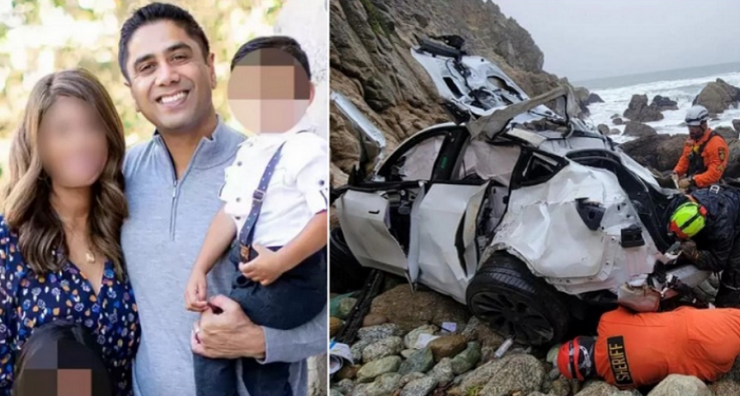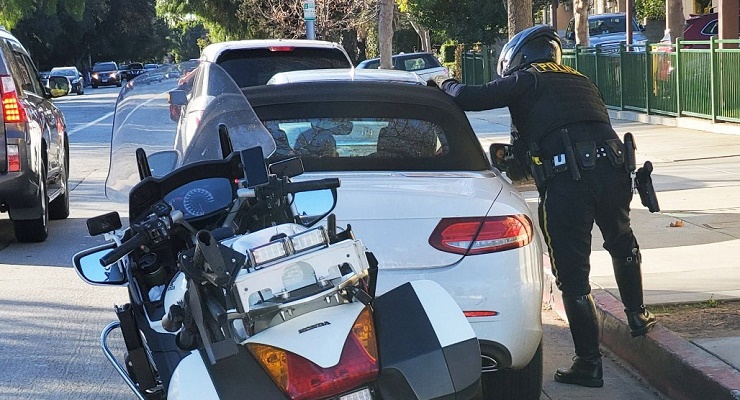
With growing concern over a ticking funding clock, the City Council Municipal Services Committee Tuesday afternoon heard updates and complaints regarding the construction of a new five-mile 20-inch water pipeline.
The pipeline would be built to transport non-potable water from an area near Scholl Canyon Landfill to the west side of Pasadena, traveling through residential areas along Laurel Avenue, Linda Vista, Arroyo Boulevard and Rose Bowl Drive on the way to the Sheldon reservoir on Arroyo Boulevard. Sources of the water would include recycled water produced by the Los Angeles/Glendale Water Reclamation Plant 10 miles west of Pasadena in Scholl Canyon, as well as raw water from the Arroyo Seco stream and the Devil’s Gate and Richardson tunnels, near Devil’s Gate Dam.
Back in February, following approval of the Environmental Impact Report for the project, a PWP staff report recommended that the EIR be passed immediately in order to take advantage of a number of grant applications, which have already been submitted in partially-complete form. According to Shari Thomas, PWP interim general manager at the time, grant funding opportunities necessary to fund the actual construction of the pipeline are limited and offered on a first-come, first-served basis, and all require a complete EIR.

“Time is a consideration for us,” she said then. ‘We have several grant applications in progress.”
Nearly eight months later, that concern was repeated Tuesday by Sean Quan, PWP Assistant Manager, who said that the project was in danger of falling out of a State funding queue, given the slow pace of the project. The project was placed on an eligibility list in December 2015, which would cover 35% of the costs through a grant and an additional 65 percent through state loans. Any changes in the EIR, such as alternative routes, would only endanger the project further, said a PWP staff report.
The committee heard additional complaints from Linda Vista Avenue area residents over possible damage to trees, and made one of its own, with Mayor Terry Tornek saying pointedly to Interim General Manager Gucharan Bawa, “This is taking too long. We have been talking since February. It’s not the council that has been holding things up.”
Meanwhile, Quan noted that several studies—including engineering, historical and archaeological—had been performed since February and that nothing was found that might disrupt the construction of the Linda Avenue pipeline route.
Quan also reported that, despite concerns from the residents, two other proposed “alternative’ routes would be too costly and impractical to implement. Changes to the EIR would push the project back 7 to 8 months, and each alternative route would cost an additional $1 million more each, Quan reported.
Nina Chomsky, president of the Linda Vista Allendale Association, warned the committee, “These are fragile trees, if a mistake is made, it could be catastrophic,” adding that she had talked her group out of a lawsuit based on CEQA requirements, but now perhaps regretted the move.
Chomsky also said that the city’s chosen arborist, Kenny Graham of Pasadena Urban Forestry, was “deficient” and that the group would locate its own “super duper” arborists. Graham had pointed out in February that the location of the digging would not affect the roots of the local Canary Pine trees.
“We’re going to find a way to fight this,” Chomsky told the Committee.
According to PWP staff reports, the entire project would be implemented in six phases over the next 20 years. When completed, it will provide more than 10% of the city’s current level of potable drinking water use by providing over 3,000 acre-feet per year of non-potable supply for irrigation, cooling and industrial applications. The new water would not be available for drinking.
The PWP will hold two more public meetings, “sooner than later,” as Mayor Tornek asked, and will then make a formal recommendation to the full council through the Municipal Services Committee. The staff will also continue to “pursue grant and low interest applications.”













 0 comments
0 comments


